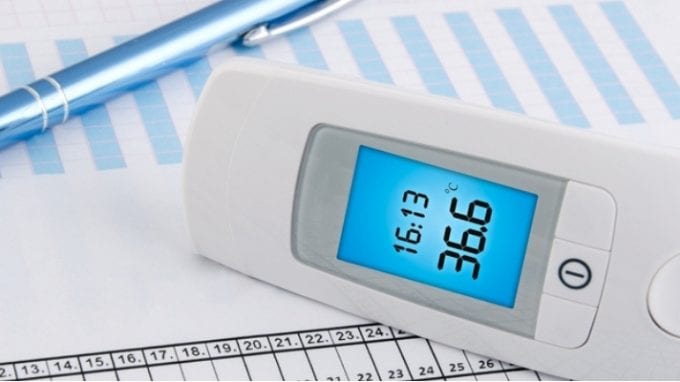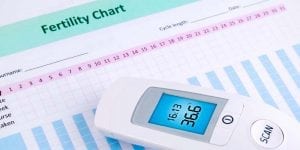Tracking your menstrual cycle and ovulation is an essential part of fertility planning. For some women, conception can take place by merely tracking the menstrual cycle for a few months, while for others it may take close monitoring of a number of bodily processes and symptoms. Fertility tracking can seem like an intimidating process to some women if they aren’t sure where to start. But fear not, it isn’t as technical or complicated as it sounds.
Here’s a complete guide to fertility tracking to help get you well on your way to successful conception!
Tracking Your Menstrual Cycle and Ovulation
An easy way to track your fertile window is through menstrual charting. For a few months, keep track of the exact days your period begins and ends. You should note the length of your cycles. Ovulation typically happens 14 days before the start of your period. Around this time, you may also feel signs that ovulation is happening. These signs of ovulation include cramps, fluid retention and an increased libido.
There are specific calculations you can do to figure out your optimal days for conception, which can only occur during ovulation and provide you your best chance of becoming pregnant during any given month.
Once you have determined your average cycle length by tracking the start and stop of your period over the course of several months, next subtract 18 days from the length of your shortest cycle: this is the first day you’re likely to be fertile. Next, subtract 11 days from the length of your longest cycle: this is the last day you’re likely to be fertile.
If working on the details and formulas isn’t your cup of tea, don’t worry, a modern twist to family planning is taking full advantage of smartphone apps and wearable devices that will help you mark your period each month and make basic fertility prediction calculations.
A Complete Guide to Fertility Apps
A Complete Guide to Wearable Fertility Technology
With regular menstrual cycles, you should be ovulating at the same time each month. To help naturally regulate your cycle, there are some steps you can take such as diet changes and reducing stress.
Yet another handy tool to use at-home when trying to determine your ovulation is with the use of at-home ovulation kits. These kits are extremely helpful for many parents in choosing the best time to try building a family.
Understanding Ovulation Kits and When to Use Them
Tracking Basal Body Temperature for Fertility Charting
Some women and doctors swear by monitoring a woman’s basal body temperature (BBT) when she is trying to conceive, while these small changes in body temperature can’t necessarily tell you what days you are ovulating, the temperature changes associated with ovulation which occur after ovulation has taken place can help with your overall fertility charting.
Women with fertility concerns may want to carefully chart their basal body temperature with a special BBT thermometer designed to register the small, incremental changes in body temperature associated with ovulation to help rule out the chance that they aren’t ovulating at all, or to rule out a potentially serious illness called luteal phase defect, a condition related to hormone production that interferes with fertility.
A Complete Guide to Tracking Your Basal Body Temperature
Tracking Cervical Fluid for Fertility Charting

While the thickness and water content of cervical mucus varies from one woman to the next, this fluid undergoes a number of changes from the beginning of her cycle to the end. By tracking the thickness and consistency of this bodily fluid, a woman can determine her peak times of fertility and better pinpoint her fertility window.
A Complete Guide to Tracking Cervical Mucus
By using the above methods, you can track your fertility and know the best time for conception each month. Use the methods in conjunction with each other, and it will better help you pinpoint your fertility window.
The Next Step
If you have charted your period, tracked your basal body temperature and tried every ovulation kit on the market and are still not getting pregnant, it’s time to seek a doctor’s opinion and having your fertility tested can be a good idea.
A Guide to Male and Female Fertility Testing
Your doctor may also be able to suggest other options to help boost your fertility. Your doctor can further help determine if any delay in conception is just nature taking its sweet time, or something that may need to be addressed medically before you can expect to make progress in the baby-making department.





